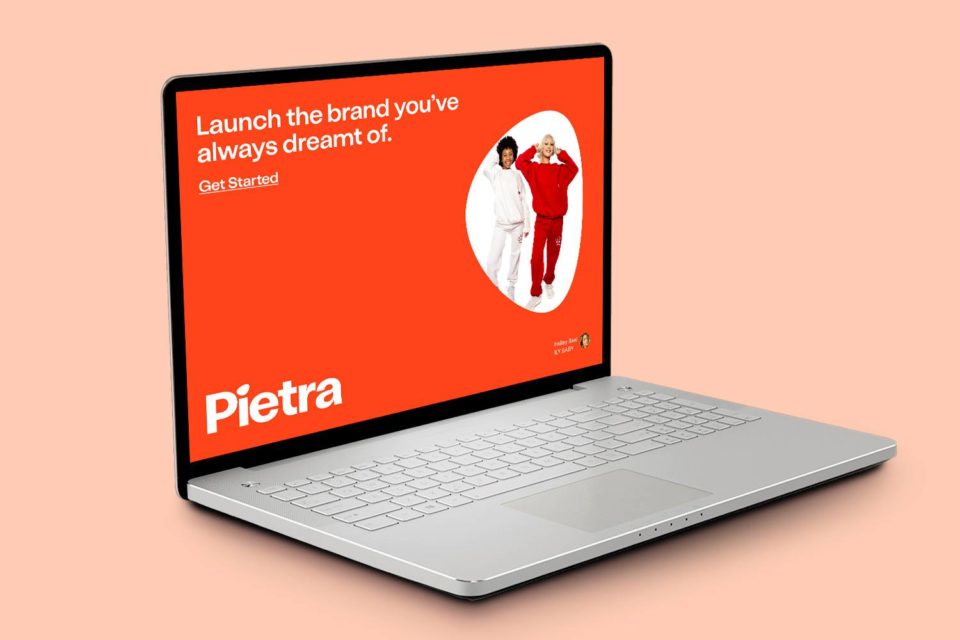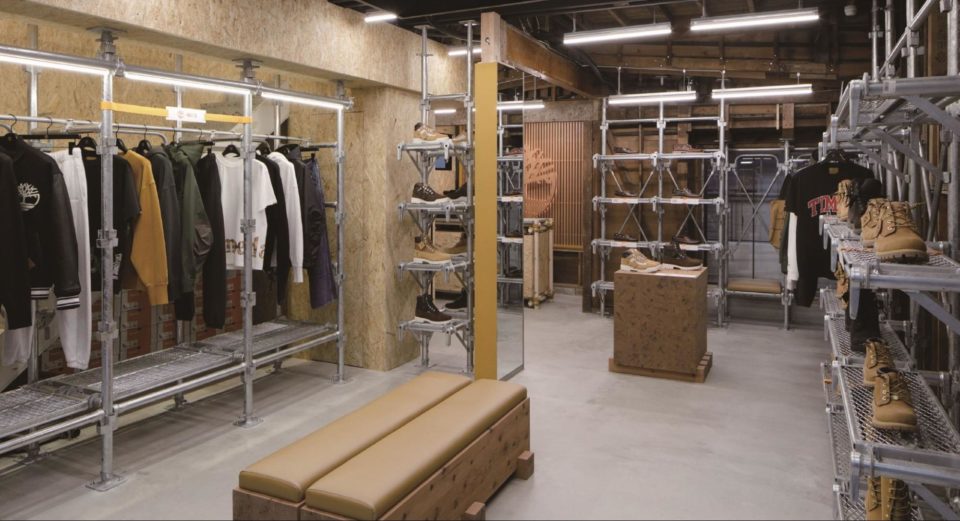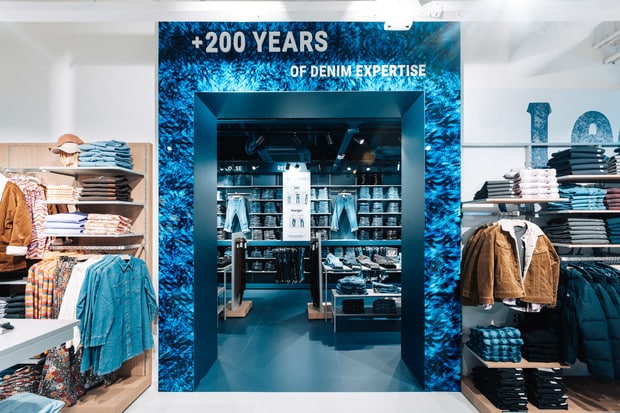Retail Trends Factfile 2017: Physical Retail
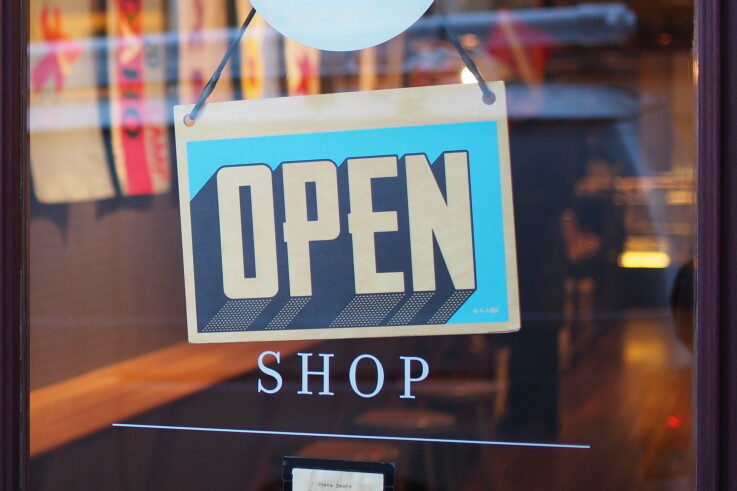
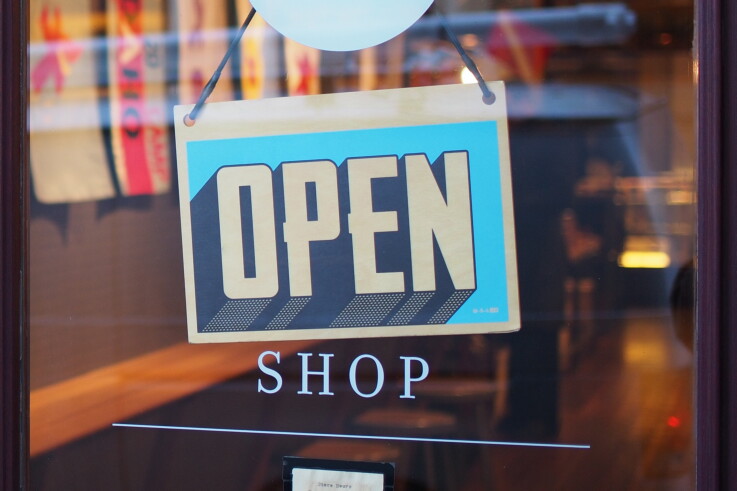
We’ve gathered together a wealth of top facts and stats about physical retail stores for you to delve into. With insights from top research companies and reports, they’re worth a look.
77% of US brands surveyed allow for online returns to be completed in-store without a physical receipt. (New Store, 2016)
70% of people surveyed plan to shop in stores in 2017 as much as they did last year. (TimeTrade, 2017)
In 2016 44% of people surveyed did 75% or more of their shopping in stores (excluding grocery stores). (TimeTrade, 2017)
60% of people surveyed can sometimes find no-one to assist in store. (TimeTrade, 2017)
50% of people surveyed sometimes browse online then go into store to complete the purchase. (TimeTrade, 2017)
When helped by a knowledgable assistant 49% of people surveyed are extremely likely to buy. (TimeTrade, 2017)
21% of clothes shoppers surveyed will always abandon purchases if they are in the dressing room with no assistance to help with colour/size changes. (TimeTrade, 2017)
47% of people surveyed value prompt service most when shopping in a store. (TimeTrade, 2017)
49% of people surveyed would be willing to pay more for products or services if they had a highly personalised in-store experience. (TimeTrade, 2017)
56% of people surveyed prefer to buy big ticket items in-store. (TimeTrade, 2017)
If a required item is available online and at a nearby store 75% of people surveyed prefer to shop in store. (TimeTrade, 2017)
The majority of people surveyed (72%) prefer shopping in store so they can touch and feel the products before they buy. (TimeTrade, 2017)
60% of people surveyed would feel more confident of prompt personal service if colleagues collaborate via mobiles or tablets. (TimeTrade, 2017)
36% of respondents feel nothing is currently missing from their in-store experience. (TimeTrade, 2017)
49% of people surveyed do not mind retailers using in-store technologies such as beacons if it benefits them as a customer. (TimeTrade, 2017)

64% of people surveyed would like to be able to schedule an appointment with a sales associate in-store. (TimeTrade, 2017)
43% of people surveyed like the idea of augmented reality in-store. (TimeTrade, 2017)
75% of people surveyed feel stores provide good customer service. (TimeTrade, 2017)
Only 26% of people think that retailers are totally providing a consistent customer experience across all channels. (TimeTrade, 2017)
US retail mall vacancies were flat at 9.9 per cent in the first quarter of 2017, compared with the fourth quarter of 2016. (Reis Inc, 2017)
Over the next 12 months 60% of retailers in emerging markets are offering or plan to offer in-store click-and-collect services, 46% of retailers in emerging markets are offering or plan to offer click-and-collect services in commuter travel hubs, 42% of retailers in emerging markets are offering or plan to offer click-and-collect services via third-party retailers. (JDA Software, 2016)
Almost a third (32%) of major UK retailers plan to install technology that enables in-store shoppers to order an item unavailable in one branch from another holding it in stock. (Martec for Omnico, 2016)
Retail CEOs report rising out of stock levels as the top area of concern in the supply chain. (JDA Software, 2017)
Despite the proliferation of online sales, 58 per cent of retailers surveyed said they have no plans to reduce their store investment. (JDA Software, 2017)
Respondents believe that online sales are additional sales, and are not cannibalising store sales. (JDA Software, 2017)
One-third of consumers surveyed would rather wash dishes than visit a retail store. (Capgemini, 2017)
Surveyed consumers now expect a physical user experience that rivals what they find online. (Capgemini, 2017)
30% of consumers surveyed said they had experienced lack of consistency in discounts in-store versus a website or app. (Capgemini, 2017)
73% of consumers surveyed find same-day delivery of products purchased in-store useful. (Capgemini, 2017)
Over half of consumers surveyed (57%) want stores to serve a higher function than simply selling the product. In China, almost 80% of consumers want other activities in a store. (Capgemini, 2017)
Three out of four surveyed consumers would find it useful if they could check product availability before visiting a store. (Capgemini, 2017)
Less than a third of surveyed consumers around the world prefer a store to an app, and for many the two channels are at best equal. (Capgemini, 2017)
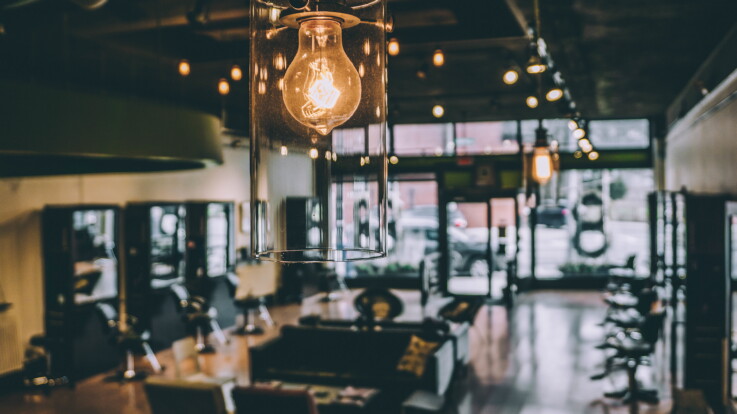
81% of surveyed retail executives see the store as important, this drops to 45% for consumers. (Capgemini, 2017)
Surveyed consumers find mobile apps more useful than stores for finding information about products and promotions. (Capgemini, 2017)
48% of brands were given a negative NPS (Net Promoter Score) by surveyed consumers. (Capgemini, 2017)
Two in three surveyed consumers see long queues at checkout counters as their main frustration. (Capgemini, 2017)
71% of surveyed consumers would be willing to bypass traditional retailers to buy directly from manufacturers or large internet players in the future. (Capgemini, 2017)
Among surveyed consumers who visited stores offering digital technologies, 59% found them useful and 50% use them frequently. (Capgemini, 2017)
C-level executives classify in-store digitisation as a top management priority. At the same time, however, 54% of retail executives surveyed agree that the digitisation of their stores is moving too slowly. (Capgemini, 2017)
40% retail executives surveyed who stated in-store implementation is slow think store managers and associates are not promoting in-store digital initiatives. (Capgemini, 2017)
72% of the consumers surveyed said that long queues at grocery checkout counters can drive them to online shopping. (Capgemini, 2017)
Over 85% of retail executives surveyed have focused on launching consumer-facing digital initiatives in-store compared to only 34% retail executives who have launched internal store operations initiatives. (Capgemini, 2017)
94% of US/UK consumers surveyed state they do research online before visiting a store, up 8% from last year. (Kibo, 2017)
81% of US/UK consumers surveyed said they have looked up inventory on a retailer’s website before visiting the store. (Kibo, 2017)
80% of US/UK consumers surveyed are less inclined to visit a store if a website does not provide current product availability. (Kibo, 2017)
4% of US brands surveyed promote their apps in-store. (New Store, 2016)
Only 38% of US retailers surveyed offer in-store Wi-Fi. (New Store, 2016)
18% of US store associates surveyed are empowered with real-time inventory information on a mobile device. (New Store, 2016)
1% of US brands surveyed follow-up an in-store purchase with personalised communication. (New Store, 2016)
Of all the US brands researched, only 11% of store associates offered a personal mobile number to connect, and 12% a personal email address. (New Store, 2016)
1% of surveyed US brands offer self-checkout options in-store. (New Store, 2016)

87% of US shoppers surveyed say their in-store purchase decisions are influenced by store associations. (Sales Floor, 2016)
58% of US shoppers surveyed say online shopping lacks the level of service offered in stores, particularly recommendations and guidance from associates. (Sales Floor, 2016)
When visiting retail store locations, 84% of US shoppers surveyed seek out help or recommendations from sales associates. (Sales Floor, 2016)
77% of US shoppers surveyed are more likely to make a purchase from a sales associate who has helped them before. (Sales Floor, 2016)
62% of US shoppers surveyed would rather receive personalised marketing emails from an individual associate, instead of the retailer’s national newsletter. (Sales Floor, 2016)
73% of shoppers say sales associates who remember their personal preferences and style, impact how much they buy from a retailer. (Sales Floor, 2016)
60% of shoppers are more likely to share their email address and personal information with retailers if they know the communication is used by an individual associate. (Sales Floor, 2016)
77% of people surveyed in Europe think there will definitely be fewer physical stores in 2030 than nowadays. (Komarch/Kantar TNS, 2016)
There was a 247% increase in mobile transactions as percentage of all UK in-store transactions in 2016. (World Pay, 2016)
86% of people surveyed in Europe think that cash registers/POS will be replaced by digital or mobile payments by 2030. (Komarch/Kantar TNS, 2016)
61% of people surveyed in Europe think that store assistants will be replaced with personal digital advisors by 2030. (Komarch/Kantar TNS, 2016)
87% of people surveyed in Europe think that most stores will provide customers with digital service in 2030. (Komarch/Kantar TNS, 2016)
50.5% of US participants feel equally rewarded with loyalty rewards both online and in-store this year. (I Vend Retail, 2017)
When provided with a list of what would improve in-store shopping, 26.5% of US participants choose retail sales associates using tablets to provide information. (I Vend Retail, 2017)
36.9% of US consumers surveyed say their in-store experiences can be improved by kiosks or digital help desks. (I Vend Retail, 2017)
33.5% of US consumers surveyed say in-store experience could be improved with offers sent directly to their phones when they enter the store. (I Vend Retail, 2017)
46.4% of US consumers surveyed said their shopping experiences would be improved with free Wi-Fi. (I Vend Retail, 2017)
13.2% of US consumers surveyed find shopping in stores more convenient than shopping online. (I Vend Retail, 2017)
47.8% of US consumers surveyed receive targeted offers online, but don’t receive them in physical stores. (I Vend Retail, 2017)
Japan is the top country where consumers “shop less often” at retail stores due to Amazon.com. (PwC, 2017)
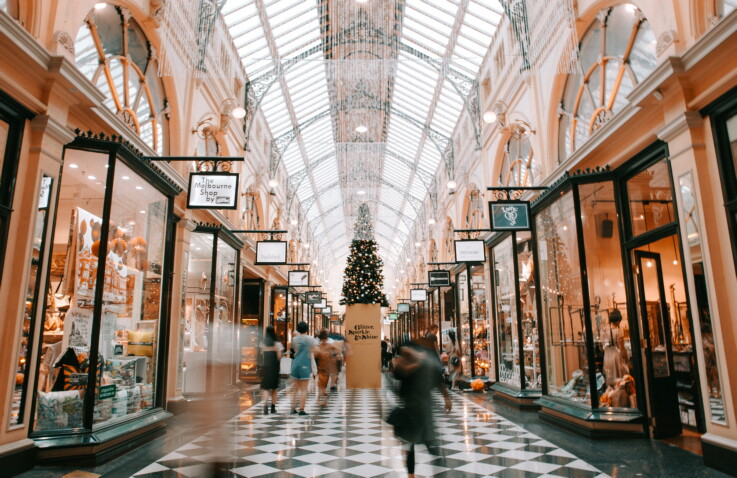
A vast majority of retailers surveyed said that their two main channels for generating sales were “Stores” at 79% and “Website” at 73%. Only 25% chose “Mobile Apps,” which barely beat “Catalogue,” at 24%. (PwC, 2017)
For five consecutive years, our survey has shown that a significant percentage of global consumers shop in-store at least once a week (2017, 41%). (PwC, 2017)
59% of people surveyed think real-time offers are important. (PwC, 2017)
28% of people surveyed shop less at retail stores due to Amazon. (PwC, 2017)
37% of retailers surveyed are expanding/creating new in-store experiences. (PwC, 2017)
60% of people surveyed prefer to buy books, music, movies & video games online vs 28% in-store. (PwC, 2017)
70% of global shoppers surveyed prefer to make their grocery purchases in-store. (PwC, 2017)
56% of global shoppers surveyed prefer to purchase household appliances in-store. (PwC, 2017)
59% of people surveyed want an inviting ambiance when they shop. (PwC, 2017)
More than half of US and UK consumers (56%) are more likely to shop at a retailer in store or online that recognises them by name. (Accenture, 2016)
Two-thirds of US and UK consumers (65%) are more likely to shop at a retailer in store or online that remembers their previous purchases. (Accenture, 2016)
Two-thirds of US and UK consumers (65%) said they are more likely to make a purchase in store or online from a retailer that sends them relevant and personalised promotions. (Accenture, 2016)
83% of US customers prefer dealing with human beings over digital channels to solve customer services issues. (Accenture, 2016)
77% of US customers prefer dealing with human beings over digital channels to get advice. (Accenture, 2016)
46% of consumers agree that in-store service is the best channel for getting a tailored experience. (Accenture, 2016)
54% of US people surveyed strongly agree that in-store technology helps stores compete with the online experience. (Retail Systems Research, 2016)
39% of US people surveyed agree that store results will continue to erode unless we find a way to incorporate technology as part of the store experience. (Retail Systems Research, 2016)

In 2016 51% of stores had wireless available for store related tasks – compared to 25% in 2015. (Retail Systems Research, 2016)
58% of US people surveyed believe in store technologies can help the company win new customers and retain current customers. (Retail Systems Research, 2016)
47% of US people surveyed believe in store technologies maintain and/or improve the customer experience. (Retail Systems Research, 2016)
Top 3 business challenges include: the need for more consistent store execution/employee productivity (54%), the rise of online competitors eroding value of the store (50%) and consumer price sensitivity (50%). (Retail Systems Research, 2016)
The top 3 opportunities for improving the in store experience include: empowering in store employees with technology (53%), focusing on more convenient customer experience (51%) and finding ways to make employees more productive (47%). (Retail Systems Research, 2016)
The top 3 operational challenges in retail stores include maintaining processes/training in a high turnover staff environment (49%), implementing cross channel ordering/fulfilment (43%) and hiring good people (42%). (Retail Systems Research, 2016)
The top 3 organisational inhibitors to taking advantage of opportunity include: Store operations posing cultural barrier to change (51%), stores not having enough capacity (46%) and the difficulty in quantifying ROI (42%). (Retail Systems Research, 2016)

